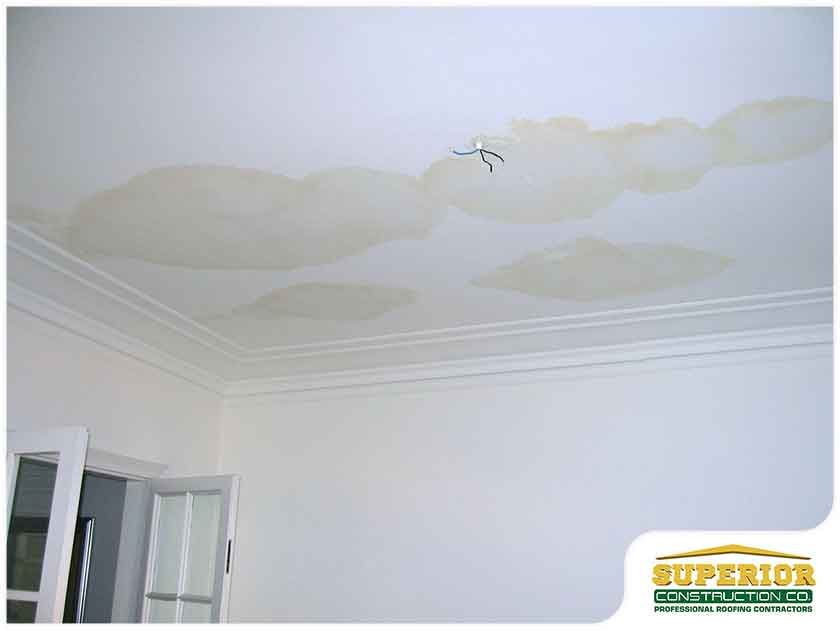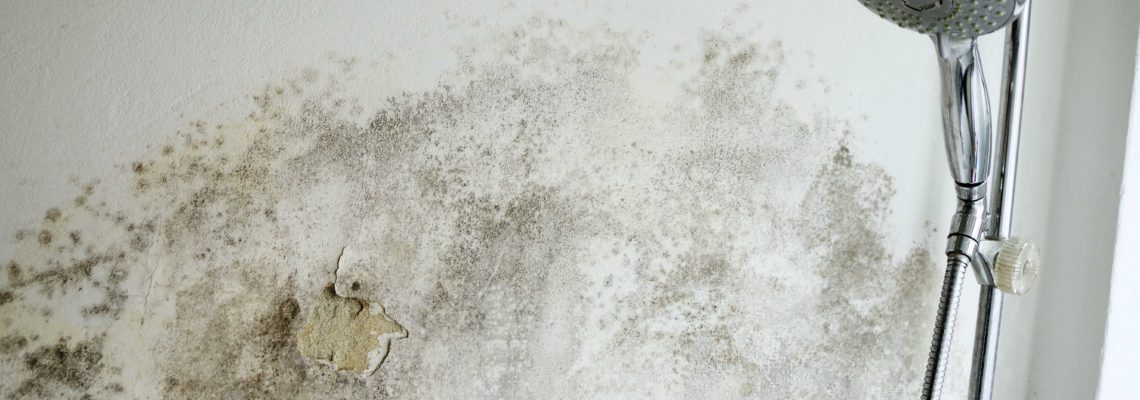Clearing Water Marks - Comprehensive Wall Stain Checks And Repairs
Clearing Water Marks - Comprehensive Wall Stain Checks And Repairs
Blog Article
We've unearthed this great article relating to Water Stains on Walls below on the web and concluded it made good sense to write about it with you over here.

Water spots on walls are not pleasurable to the eyes. Your home must be without spots on the walls, roofing, or floorings. That is the optimal state of a residence as well as its frameworks. Occasionally it seems nearly inescapable to experience water discolorations on walls in residences.
House owners staying in humid regions continuously handle the concern of water discolorations on walls. That doesn't have to be the situation for you. With well-shaped and precise info on the root causes of water discolorations and prompt repair service procedures, you will certainly always be a step ahead of such incidents. So, this write-up guarantees to be a handy guide for you.
3 Usual Causes of Water Stains on Walls
In contrast to common belief, water discolorations on wall surfaces do not constantly stem from poor building materials. There are a number of root causes of water discolorations on wall surfaces. These consist of:
Wet
When warm moist air meets with completely dry chilly air, it triggers water beads to base on the wall surfaces of structures. When there is steam from cooking or showers, this occurs in kitchens and also washrooms. The water beads can tarnish the bordering walls in these parts of your house as well as spread to other areas.
Moist or condensation affects the roof covering as well as walls of structures. When the wall surface is wet, it develops an appropriate environment for the development of microorganisms and also fungis.
Poor Water drainage
When making a structure plan, it is critical to make sure adequate water drainage. This will protect against water from leaking into the wall surfaces. Where the drainage system is obstructed or nonexistent, below ground moisture accumulates. This links to too much dampness that you see on the walls of your structure.
The leading cause of damp wall surfaces, in this situation, can be an inadequate drainage system. It can likewise be due to bad monitoring of sewage pipelines that run through the building.
Pipeline Leaks
The majority of homes have a network of water pipes within the wall surfaces. It constantly enhances the feasibility of such pipelines, as there is little oxygen within the walls.
Yet, a drawback to this is that water leak affects the walls of the structure and also causes widespread damages. A telltale sign of defective pipelines is the look of a water tarnish on the wall.
Pro Tip
A houseplant in your home likewise raises its moisture. If the house is already damp, you may desire to present houseplants with marginal transpiration. An instance of suitable houseplants is succulents.
Water Stains on Wall: Repair Work Tips
Property owners would normally desire a quick fix when managing water discolorations. They would soon recognize this is detrimental as the water spots persist. So, right here are a couple of practical ideas that will certainly assist you in the repair service of water spots on walls:
Final thought
No one wants to have water discolorations on wall surfaces in their home, it can take place to the finest of us. This short article offers you take advantage of, as you now recognize exactly how to handle this problem if it does happen.
It is always best to hire expert solutions to assist fix the problems in your home.
Sometimes it appears almost unpreventable to experience water spots on walls in houses.
Contrary to preferred belief, water discolorations on walls do not constantly stem from bad structure materials. There are several reasons of water stains on wall surfaces. The water droplets can discolor the surrounding wall surfaces in these parts of your house and spread to various other areas.
Right here are a couple of valuable tips that will certainly guide you in the repair service of water discolorations on walls:
What To Do About A Water Stain On The Ceiling
Why This is Important
Not only are water stains a cosmetic issue, but they can also indicate that there is a leak in the home that needs to be fixed. Sometimes, this may be the first indicator of a bigger problem brewing or may have been a one time leaky issue. It is important to investigate to make sure it is under control before you possibly have thousands of dollars in repairs.
Identify the Cause of the Water Stain on the Ceiling and Where to Start
It is important to identify the cause of the water stain on the ceiling first so you can fix it. Start first with the roof to see if there are leaky shingles or missing shingles, missing flashing, or weakened seals around roof vents. You may need to get on top of the roof to look or call a professional to check for you. It is possible that water is coming into the home from the roof. So you will want to have the professional take a look to see if this is the issue.
Also, look in the attic to see if there is a pool of water and that will also help you to know if there is water leaking into the home.
Radiator or Air Handler on 2nd floor
In colder parts of the country, there may be a radiator on the second floor. Radiators are used to keep rooms warm in the cold months and do wear out or need replacing. Does the radiator have a pool of water underneath it or any dripping? If yes, this could be the problem and causing the water stain on the ceiling. Check the model of the radiator and see if it is something you can do yourself or call a professional to check the body, pipe, and the valve for leaks.
The same is true for those who have an air handler on the second floor. Did your AC stop working? Or do you see water leaking? The drip pan (if you have one) on an HVAC unit collects the water and it can become clogged and back up. The float switch (again, if you have one) will activate as soon as the water reaches a certain level and shut down the HVAC unit, thus not allowing the water to continue to flow. Make sure the HVAC doesn’t become clogged and checking this monthly is a good idea.
Upstairs Bathroom Can Cause a Water Stain on the Ceiling
Bathrooms are often the culprit as caulking wears out after about 10 years and needs replacing. Is the home older than 10 years? This may be the issue. While checking the caulking in the bathroom around the sinks, toilets, and shower/bath, also check for black mold in the shower. Might as well rule everything out while you are looking for the source.
Other areas to look at are toilets clogging and overflowing. Do you see water near the toilet on the floor? This could be the seal is broken on the toilet and it needs replacing. Also, adding caulk to the toilet to connect it to the floor is a good idea. If the toilet is continuously running, you can shut off the water and do the water meter test.
Write down the number on the water meter and then turn off the water for three hours. When you turn it back on, check the number on the water meter. If it has increased, then you have a leak in the indoor plumbing.
Taking care of these areas is essential as sewer gases can also be escaping. Sometimes these issues will soak the ceiling below and clog in sinks and drains in the shower can also cause flooding in a bathroom.
Put a Drop Cloth on the Floor
With goggles on and gloves, put a drop cloth on the floor. Then, take 3 glasses of warm water and one cup of bleach and mix it together. Set up a ladder and climb up to the stain. Use a sponge that is soaked in the concoction to rub it on the water stain to get it to come off. Take a spray bottle of plain water and spray the stain to get the bleach mixture off. This is important because you want to be able to prime it and paint it. Take a dry towel and rub the stain to help it dry faster. Next, put painters tape around the ceiling if the spot is near the walls. Apply an Oil Based, Stain Blocking Primer
Apply an oil based, stain blocking primer that is mold resistant that matches the ceiling. It is important to put the primer on first so the paint doesn’t soak into the ceiling. If you have a flat ceiling, you can use a paint roller with an extension to apply it. Once the primer has dried, apply the paint. If you have a textured ceiling, a spray on primer might work better.
Choose a Latex or Alkyd Ceiling Paint
The latex ceiling paint is water-based and dries faster than the oil-based paints and also is thicker than wall paint. Make sure that the paint matches the ceiling color. Using a roller, paint it on over the primer and let it dry for up to four hours. Then, apply a second coat and let it dry. The second coat should make the stain disappear.
https://insideandoutpropertyinspectors.com/water-stain-on-ceiling/

We had been introduced to that editorial about How to Remove Water Stains from Walls and Ceilings from an associate on another web address. Liked our blog posting? Please share it. Help someone else discover it. I am grateful for your time. Kindly pay a visit to our blog back soon.
Visit My Web Page
Report this page